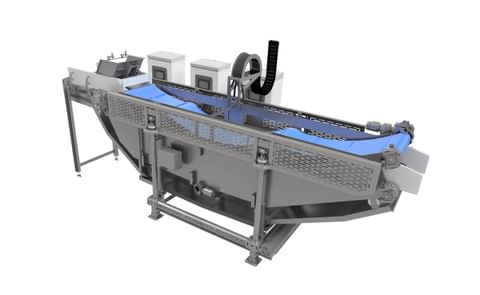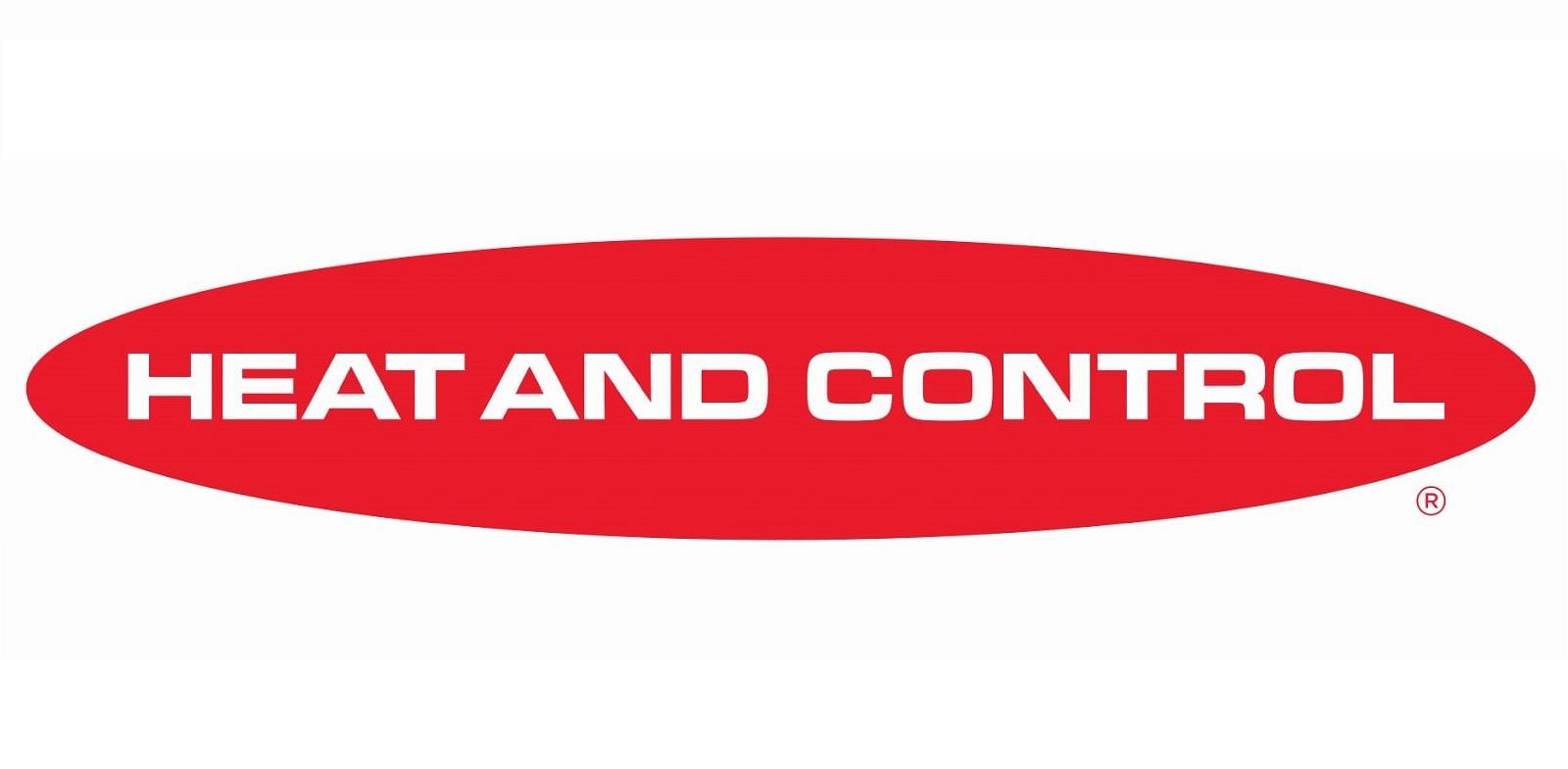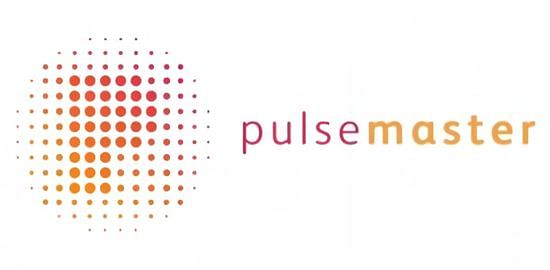Pulsed Electric Field (PEF) systems are an emerging non-thermal food processing technology that is transforming how potatoes are handled, especially in cutting, frying, and starch extraction. By applying short bursts of high-voltage electric energy to raw potatoes, PEF technology increases cell membrane permeability, resulting in improved processing efficiency and product quality.
- Aprender
- Equipamiento de Procesamiento
- Sistemas de Campo...
Acerca de los Sistemas de Campo Eléctrico por Pulsaciones (PEF)
Haga clic aquí para ampliar y obtener más información!
What is Pulsed Electric Field (PEF) Technology?
PEF is a non-thermal method that uses high-voltage electrical pulses to create temporary pores in the cell membranes of biological tissues—a process called electroporation. In potatoes, this weakens the structural integrity of the tuber cells, making them easier to cut, cook, and process. Unlike traditional mechanical or thermal methods, PEF treatment occurs rapidly, typically in microseconds to milliseconds, and requires no significant heating, preserving the raw material’s natural qualities.
How PEF Works
Pulsed Electric Field (PEF) technology applies short, high-voltage electric pulses (typically 10–80 kV/cm) to food products, inducing electroporation - a process where cell membranes develop pores due to the disruption of their natural polarity. This non-thermal method achieves:
- Microbial inactivation by destabilizing pathogens.
- Enhanced mass transfer for processes like extraction, drying, or softening by breaking cell walls.
The electric field is delivered via exponentially decaying, square wave, or bipolar pulses at repetition rates up to 3,000 pulses/second. Treatment durations are brief (micro- to milliseconds), ensuring minimal thermal impact.
Key Components of PEF Systems
- High-Voltage Pulse Generator: Converts standard electricity into high-voltage pulses (up to 80 kV). Includes capacitors, resistors, and switches (e.g., solid-state Marx generators) to control pulse shape and energy.
- Treatment Chamber: Houses electrodes that apply pulses to the product. Designed for static (batch) or continuous flow processing, accommodating liquids, semi-solids, or solids.
- Fluid Handling System: Pumps or conveyors transport products through the chamber. Ensures uniform exposure to electric fields.
- Control and Monitoring System: Adjusts parameters: electric field strength, pulse duration, frequency, and temperature. Interfaces with sensors and programmable automation controllers (PACs) for precision.
- Cooling System: Manages heat generated during pulsing, maintaining non-thermal conditions.
Applications in Potato Processing
- Cutting & Slicing: Reduces breakage and feathering, enabling thinner, smoother cuts for fries and crisps.
- Blanching & Drying: Accelerates water removal, shortening drying times by up to 30% and improving energy efficiency.
- Frying: Lowers oil absorption by 10–15% due to reduced surface damage and improved structural integrity.
- Starch Extraction: Enhances starch yield by up to 70% through better cell wall disruption.
- Shelf-Life Extension: Inhibits microbial growth and enzymatic browning, prolonging freshness.
Key Benefits
- Improved Product Quality: Smoother cuts, reduced breakage, and uniform texture in French fries and crisps. Lighter color and crunchier texture in fried products due to minimized thermal damage.
- Energy Savings: Replaces preheating steps, reducing energy use by up to 90%.
- Water Conservation: Reduces water consumption by 300,000 kL annually in large-scale operations.
- Waste Reduction: Higher cutting yields (up to 1.5% improvement) and reduced starch loss.
- Sustainability: Lower carbon footprint due to reduced energy and water use. Enables use of diverse potato varieties, reducing agricultural waste.
- Cost-Effectiveness: Operational costs as low as €1 per ton of processed potatoes (it might vary). Faster processing times and reduced downtime enhance throughput.
Challenges and Considerations
- Technical Expertise: Requires specialized knowledge for system optimization.
- Initial Investment: High upfront costs for industrial-scale equipment.
- Varietal Adaptation: Pulse parameters must be adjusted for different potato types and seasonal variations.
Global Adoption and Trends
- PEF technology has gained acceptance in Europe, North America, and parts of Asia, particularly in advanced French fry and snack manufacturing facilities. As demand rises for low-fat, clean-label products and energy-efficient processing, PEF systems are increasingly viewed as a sustainable innovation.
- Current developments focus on:
- Modular, scalable systems for various production sizes
- Integration with smart controls for data-driven optimization
- Further reduction in energy usage and maintenance needs
"PEF systems are transforming potato processing by enabling faster, cleaner, and more sustainable production. With benefits ranging from enhanced product quality to significant resource savings, this technology is poised to become a staple in the industry, aligning with global demands for efficiency and environmental responsibility.."
Explore Sistemas de Campo Eléctrico por Pulsaciones (PEF) Productos


Browse Companies Offering Sistemas de Campo Eléctrico por Pulsaciones (PEF)

Heat and Control


